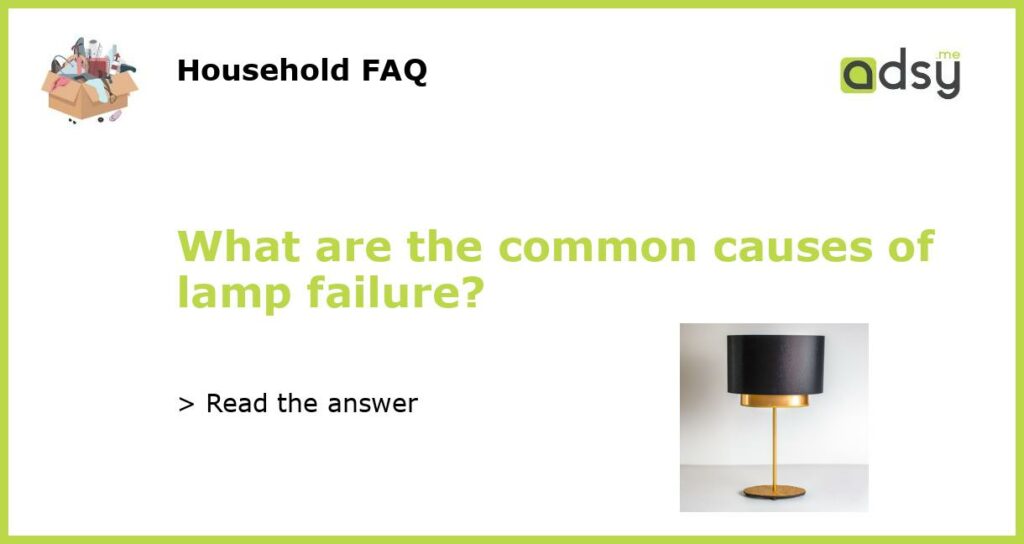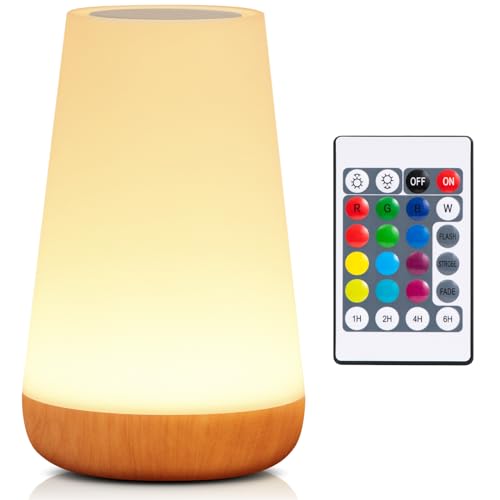Understanding the Common Reasons Behind Lamp Failure
Every household and workplace requires a source of illumination, and lamps serve this purpose effectively. But what happens when your lamp suddenly fails? Lamp failure is not uncommon and can happen for many reasons. In this article, we will explore the most common reasons why lamps fail.
Loose Connections
A loose connection is one of the prime reasons behind a lamp’s failure. When your lamp experiences a loose connection, it can cause a loss of power, leading to a flickering or dimming light. Inspecting and tightening any faulty connections can help restore the functionality of your lamp.
Burnt Out Bulbs
Another common reason for lamp failure is a burnt-out bulb. While it might not seem like a significant issue, a burnt-out bulb can be frustrating and require replacement. In most cases, this is one issue you can fix yourself – just replace the bulb with a new one to ensure the system’s proper functioning.
Power Surges
Power surges can damage your lamp and cause it to fail. These surges typically happen during lightning storms or when power is suddenly restored after an outage. You can protect your lamps from power surges by using surge protectors or uninstalling the lamp before a storm.
Old Age and Overuse
Lamps that have been in use for a long time can also stop working due to old age and overuse. The filaments in the bulbs gradually deteriorate, causing the lamp to dim and eventually fail. Regular maintenance and replacement of old lamps can help prevent such issues and extend the lifespan of your lamps.
Defective Wiring
In some cases, a lamp may have a defect in the wiring, which can cause it to malfunction. This issue can be challenging to detect and resolve, as it requires electrical work expertise. If you suspect that your lamp has defective wiring, it’s best to call in a professional to diagnose and fix the problem.






